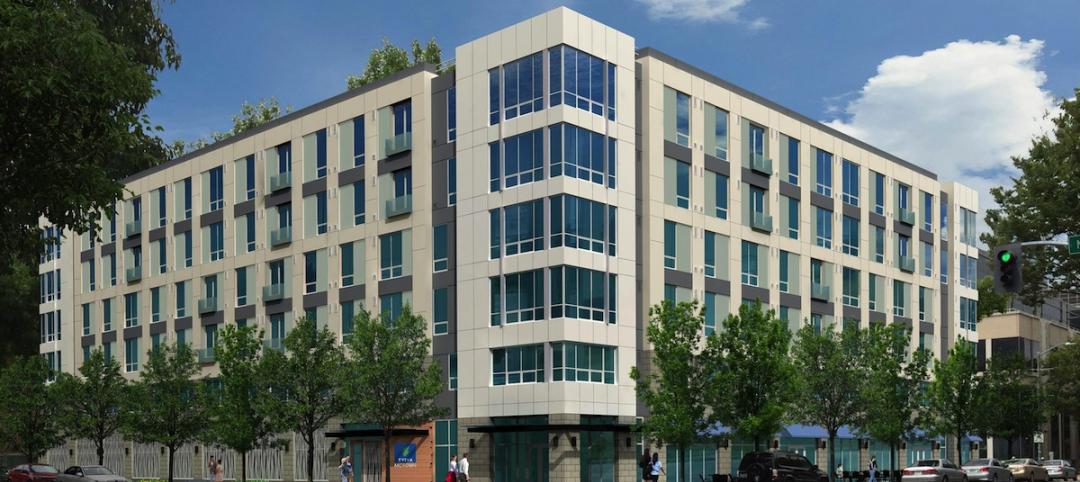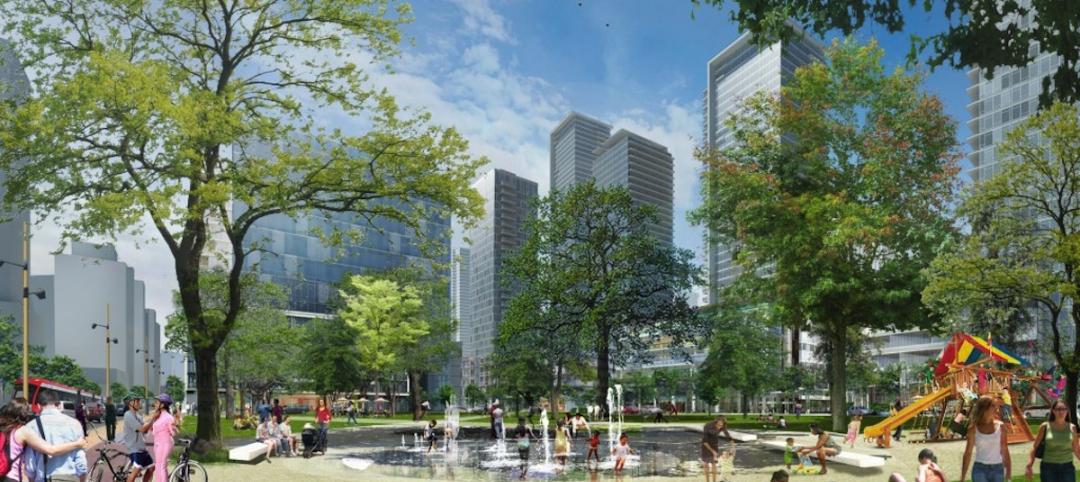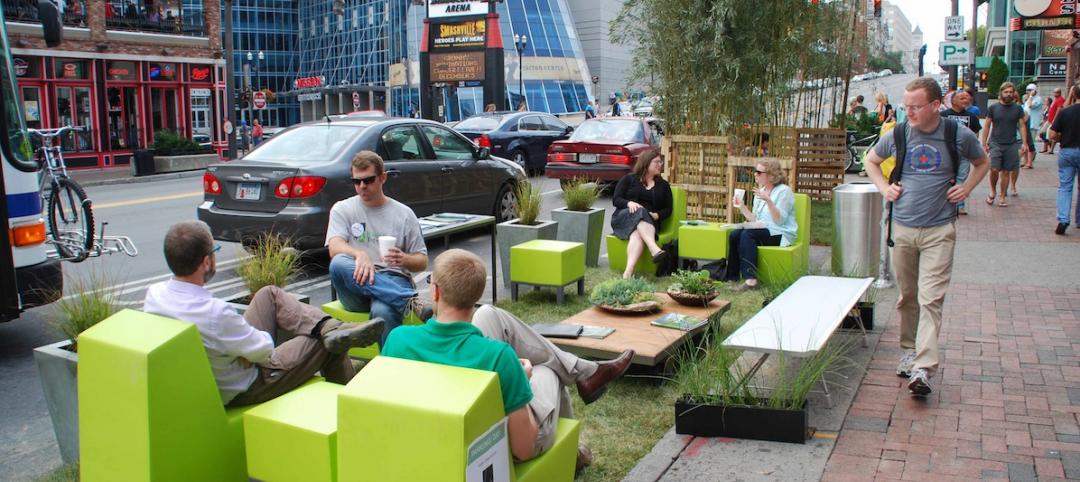Supply of newly constructed apartment units is exploding, and most new builds now feature smart technology. This puts pressure on existing communities to stay competitive, appealing to prospective residents, and managing soaring operating costs, such as insurance, staffing and maintenance.
Yesterday, Cox Communities announced its partnership with Level Home Inc., a provider of next-generation smart IoT solutions for multifamily customers. Connecting Level’s technology with Cox’s fiber-powered network and 25 years of experience in the multifamily space ensures industry-leading connectivity and speed and gives property owners and renters a fully integrated service experience they won’t find elsewhere.
Cox Selects Level as Next-Generation IoT Partner
Cox’s network and Level’s innovative IoT platform combine to bring unprecedented quality of experience and reliability to users, offering new levels of operational simplicity for multifamily property owners and greater control of their properties for both staff and residents. Benefits include:
- Revolutionary smart building connectivity: The first and only building-wide mesh network powered by Thread and the most advanced point-to-point network brings unmatched reliability, affordability and flexibility for multifamily buildings.
- Simple, intuitive design: Intuitive and modern applications designed to deliver simple user experiences to residents and staff for curb-to-couch access control, building automation and notifications, and daily control of climate, lighting and more.
- End-to-end integrations: Deep integration with leading property management software, building access control and best-in-class devices deliver efficiency and convenience through a single experience designed by Level.
- Trusted field services: The industry’s most experienced field services provide detailed solution design and seamless installation that doesn’t disrupt the flow of a multifamily property.
“Collaborating with Cox helps us further our technology leadership position, but also provides the benefit of delivering connectivity from the most trusted broadband provider,” said John Martin, CEO of Level. “The strength of this partnership is the confidence we can provide customers with a quality end-to-end experience.”
About Level
Level is the company elevating smart home experiences with its next-generation products and platforms for single and multifamily residences. Level delivers groundbreaking innovation through unparalleled design to set a new standard in modern living. Level’s focus on thoughtful design, quality and innovation offer access, automation and smart home experiences that are fundamentally better for home and building owners. Level’s suite of smart home products including Level Lock+ offer beautifully designed and transformative entry solutions for homeowners. Level M, Level’s flagship offering for managed properties, delivers a world-class user experience, platform, and field services for smart apartment automation that offers unparalleled reliability, efficiency and convenience. Globally recognized for its best-in-class quality and innovation, Level is a recipient of Good Housekeeping’s Home Renovation Awards, House Beautiful’s Live Better Awards, the Red Dot and iF Award for Product Design. Level was founded in 2016 and is headquartered in the San Francisco Bay Area.
About Cox Communications
Cox Communications is committed to creating meaningful moments of human connection through broadband applications and services. The largest private telecom company in America, we proudly serve six million homes and businesses across 18 states. We’re dedicated to empowering others to build a better future and celebrate diverse products, people, suppliers, communities and the characteristics that makes each one unique. Cox Communications is the largest division of Cox Enterprises, a family-owned business founded in 1898 by Governor James M. Cox.
Related Stories
Smart Buildings | Jun 4, 2015
Evidence suggests wider lanes make city streets more dangerous
Lanes that are 10.5 feet wide have lower side impact crashes than standard 12-foot lanes, suggests new research.
BIM and Information Technology | Jun 3, 2015
More accurate GPS ready to change the way we shop, interact, and explore
New technology reduces location errors from the size of a car to the size of a nickel—a 100 times increase in accuracy. This is a major technological breakthrough that will affect how we interact with environments, the places we shop, and entertainment venues.
Multifamily Housing | Jun 1, 2015
Sacramento moves forward on multifamily project with new modular supplier
Guerdon Modular Buildings will provide modules for 118 apartments.
| May 29, 2015
Austin, Salt Lake City, Davis, Calif., and Boston creating first protected intersections in U.S.
Protected intersections arrange traffic so that everyone—bicyclists included—can see all moving traffic simply by looking forward instead of forcing people in cars and on bikes to look constantly over their shoulders.
Smart Buildings | May 28, 2015
4 ways cold-climate cities can make the most of their waterfronts
Though cold-climate cities pose a unique challenge for waterfront development, with effective planning waterfront cities with freezing winter months can still take advantage of the spaces year-round.
Multifamily Housing | May 28, 2015
Census Bureau: 10 U.S. cities now have one million people or more
California and Texas each have three of the one-million-plus cities.
Smart Buildings | May 27, 2015
Tactical urbanism: Why bigger isn’t always better in urban revitalization
A budding urban planning movement that is sprouting in cities across the globe proves that low-cost, small-scale, community-driven projects have the power to effect positive change.
Healthcare Facilities | May 27, 2015
Roadmap for creating an effective sustainability program in healthcare environments
With a constant drive for operational efficiencies and reduction of costs under an outcome-based healthcare environment, there are increasing pressures to ensure that sustainability initiatives are not only cost effective, but socially and environmentally responsible. CBRE's Dyann Hamilton offers tips on establishing a strong program.
Healthcare Facilities | May 27, 2015
Rochester, Minn., looks to escape Twin Cities’ shadow with $6.5 billion biotech development
The 20-year plan would also be a boon to Mayo Clinic, this city’s best-known address.
BIM and Information Technology | May 26, 2015
Moore's Law and the future of urban design
SmithGroupJJR's Stephen Conschafter, urban designer and planner, discusses his thoughts on the 50th anniversary of Moore's Law and how technology is transforming urban design.

















